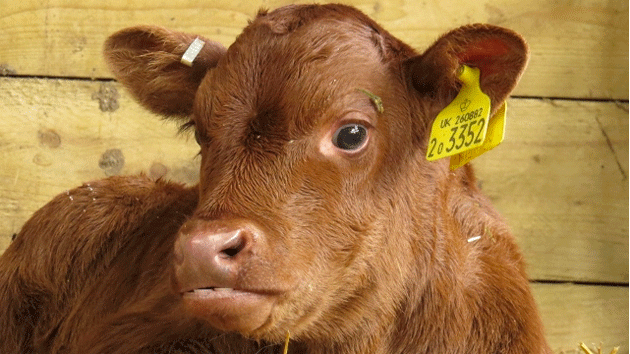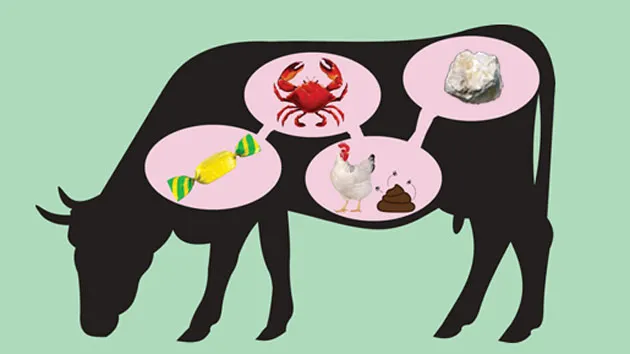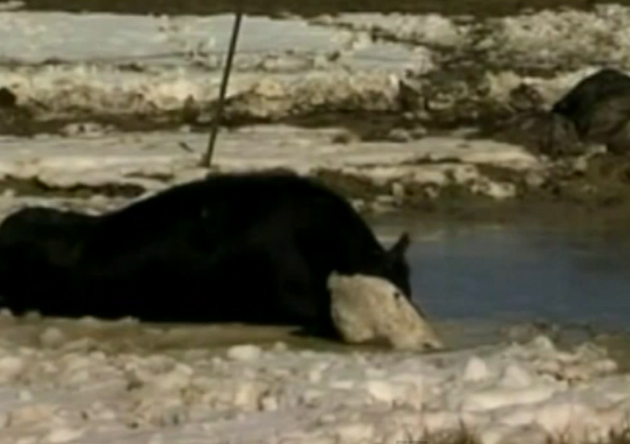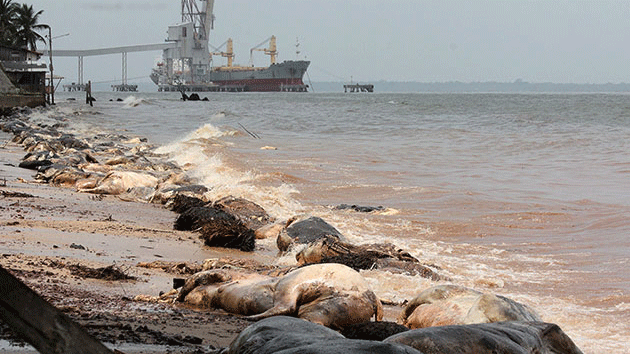
The rotting bodies of the shipwrecked cattle lie on one of the beaches in the Barcarena region, in Para State, northern Brazil.Diario do Pará
Earlier this month, a ship heading to Venezuela sank at the river port of Vila do Conde in the Amazon region of northern Brazil.
Shipwrecks are always tragic, but what made this one unique was the ship’s cargo: 4,900 live cows. The animals, which belonged to the Brazilian beef company Minerva Foods, were headed to Venezuela. (This isn’t Minerva Foods’ first ship accident involving cows—another one happened in 2012.) The vast majority—around 4,400 animals—drowned inside the ship. Of the approximately 500 animals that managed to leave the vessel, only 100 survived. Hundreds of carcasses were carried by the current to local beaches. Local families loaded some onto trucks to take home and use for meat, but the remainder rotted in endless rows of bodies on the sand.
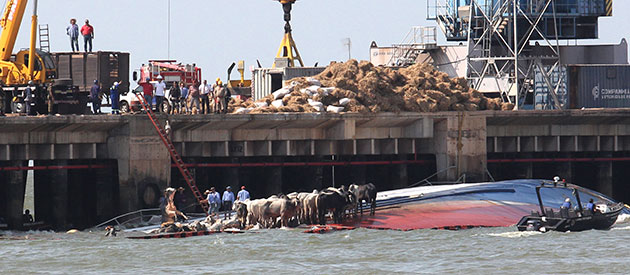
Shipping live cattle is a relatively common practice in Brazil—last year, according to the country’s Ministry of Agriculture, it exported 646,700 live cattle with a total value of $675 million. Some countries, such as Jordan and Lebanon, prefer buying cattle rather than meat so that customers can slaughter them in accordance with Muslim halal rules; other countries buy with the intention of fattening the animals before the slaughter.
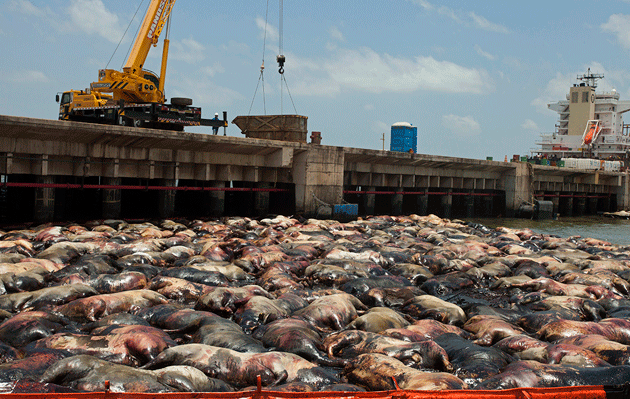
Despite the unexpected access to meat, the lives of thousands of fishermen’s families—most of whom are very poor—have become a living hell due to the smell of the decomposing carcasses and the fear that their drinking water and fishing grounds will be polluted. Local authorities have already removed the carcasses from the beaches but do not seem to know how to remove more than 4,000 bodies rotting below the river’s surface.
To make matters worse, the ship was also carrying nearly 2 million gallons of fuel, which must be removed before the animals. Some have estimated the cost of the environmental disaster at upwards of $30 million. * The real scale of the environmental impact, however, is still being assessed.
Correction: An earlier version of this article misstated the estimated cost of the disaster. The sentence has since been fixed.

